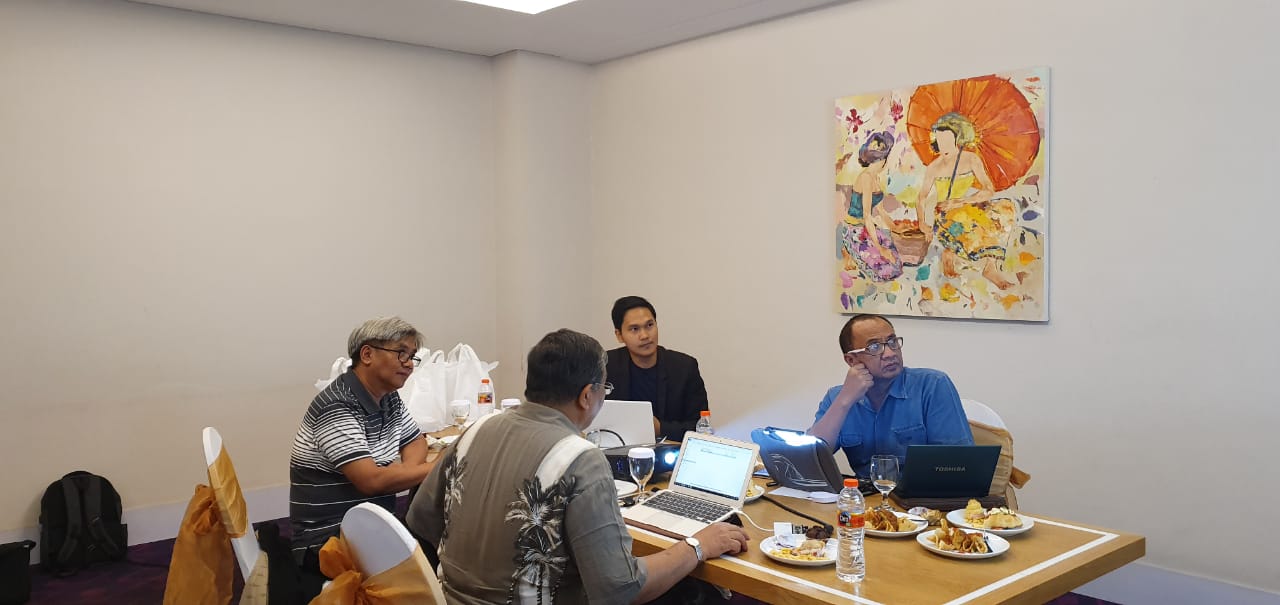TRAINING NEEDS ASSESSMENT
Training Needs Assessment, or Training Needs Analysis as it sometimes called, are deployed to determine if training is the best intervention to a workplace problem or change program (Cekada, 2010). When deployed well, the organisation gathers valuable information and data which assists human resources departments in verifying the most appropriate solution for any the deficiencies in their performance (Cekada, 2010). Leigh et al. (2000) further argued that the proliferation of training needs assessment models, combined with conflicting usage of the terminology, has created the belief, in the popular lexicon, that the term can mean almost anything. Thus, we need to specify, more precisely, what is encapsulated within a Training Needs Assessment? Kaufman (1992) and (1998), for example, describes needs assessment as a formalised process in which recognized gaps between current and desired results are identified, then prioritised as to their importance through a cost benefit analysis, and then ultimately selecting the most important areas for elimination or reduction. Hence, TNAs have a strategic role to play within an organization, as they can provide clear guidelines as to gaps that need to be remedied (Ferreira and Abbad, 2013), and therefore play a pivotal role in better understanding existing and future workforce requirements (Armstrong, 2006). It is a dynamic process, which serves as a valuable enabler for vocational education practitioners when framing discussions and modifications regarding human resources interventions. When deployed effectively, TNA can play a valuable role in directing resources to areas of greatest organisational priority and, ultimately, improving worker productivity and community values (Lawler and Sillitoe, 2013). Further, Salas and Cannon-Bowers (2001) (2001) emphasised while there is wide agreement on the value of TNA within the training process, this phase largely remains as an art rather than as a science.
TNA and its Impact on Human Resource Development
Winfred et al. (2003) contend that needs assessment can more clearly be identified as a three-step process consisting of organisational, task and person analysis. However, the process is often hindered because organisations often have a different human resource development philosophy or agenda to those deploying the TNA. Because organisations are understandably different, no group of organisation can be culturally the same, and therefore often deploy significantly different career structures. Indeed, there are different techniques and development processes, together with parallel language used that can potentially have an important impact on data collection within the TNA process (Al-Khayyat, 1998). As a result, organisations need to carefully think about the changes they are both willing and financially able to make, with the needs assessment findings treated as essentially a means to an end rather than an end in themselves (Li, 2000). The needs assessment process is further complicated by the pedagogical approach (Delahaye, 1992) in what is commonly called a ‘supply-led approach’. This approach is largely trainer-driven, with their authority to act vesting them with the power of personal interest (Thompson, 1994). Chiu et al. (1999) suggest that because trainers are largely responsible for conducting TNAs and, moreover, determining its potential scope, this can often lead to preferred taxonomy frameworks compiled by the trainer, with participants reduced to merely indicating whether there is a felt need for training for each classified item on the list.
Noe and Schmitt (1986) believe that when deploying such interventions, one must be cognizant of task constraints and also to be particularly attuned to supervisors who provide little or no developmental support. Dierdorff and Surface (2007) therefore contend that task-focused analyses can provide a key role in directly providing the appropriate information to determine the content of a specific training program. Yet, even with perfect analysis, design and enthusiastic trainees, positive change cannot be affected without organisational support Eisenberger et al., (1990). Without such backing, any resultant training will occasion deployment failure because of lack of manifestation of the assumptions, values and beliefs of various key stakeholders within the organization (Bunch, 2007). Reed and Vocala (2006) articulated this belief when they clearly enunciated that the conduct of the TNA process is comparatively easy when compared to the difficulties faced when dealing with the underpinning issues that require clarity and better understanding of not only the organisational culture but also underlying reasoning behind the change.
Of particular concern is that there are incongruities between the three pillars of human resource development, namely; (i) Industry Needs, (ii) Training and Education programs and (iii) Certification and Accreditation protocols (Figure 1). These are problematic issues because, from an Indonesian perspective, these areas involve a number of unresolved understandings related to the purposes and practice of instituting this sort of analysis. The following questions inevitably arise:
What are the issues of implementing TNAs under these Decrees?
What do these Decrees actually state, in summary form?
How are the TNAs intended to be conducted?
What are the current tensions which appear?

